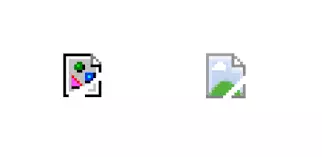Side and back lobes are regions in a template where the “directions” the antenna may be of benefit, except for the maximum rate. System engineer Note these characteristics with downtilting antenna as part Lobe (petal, which appears above the horizon in the vertical model) can lead to interference. Mechanical downtilting antennas will directly affect the radiation side and back lobes. Mounting Panel antennas on buildings or using antenna with electronic tilt down/up are two ways to limit the rear of interference.
Systems engineer must choose an optimal orientation and receive antennas paying attention to the side and rear blades of the preceding figure shows the null pattern between the primary and secondary share share. NULL values for vertical structures that appear in the template below the horizon could potentially cause a degradation of the signal in the area of the site where the trail drops is null. Some dish antennas supplier are intended to minimize the number of null in the first couple of NULL values. This is sometimes called “null fill.
